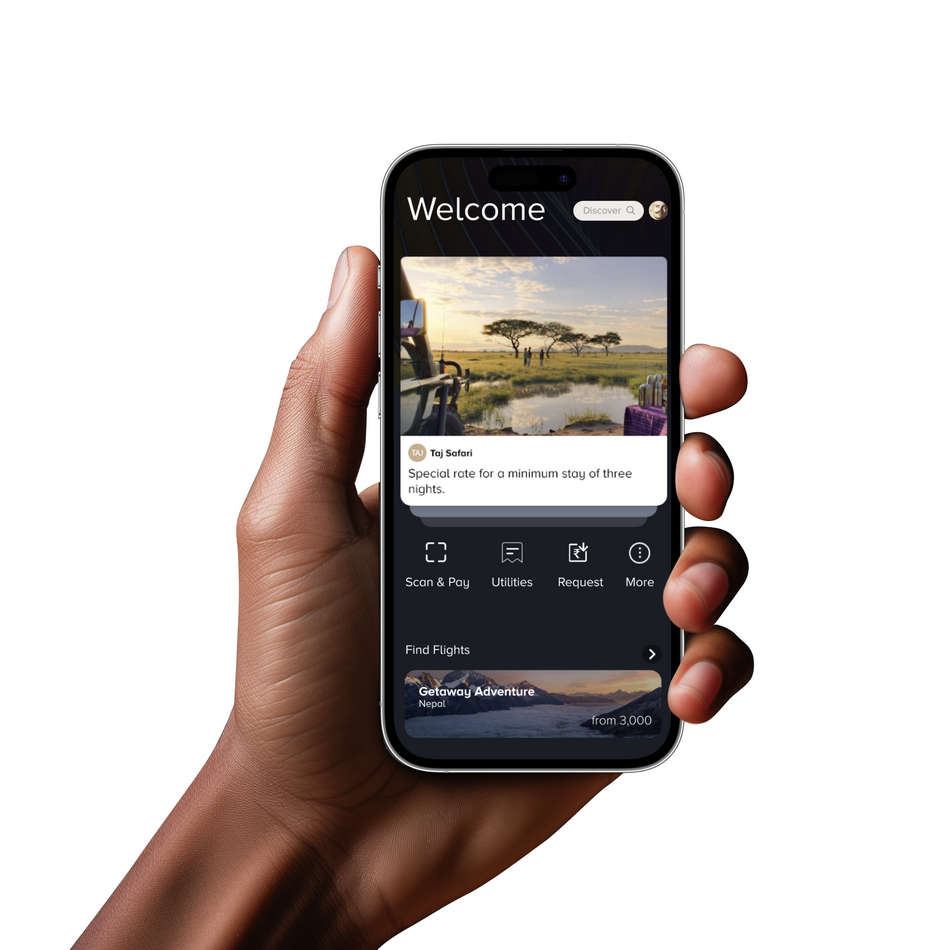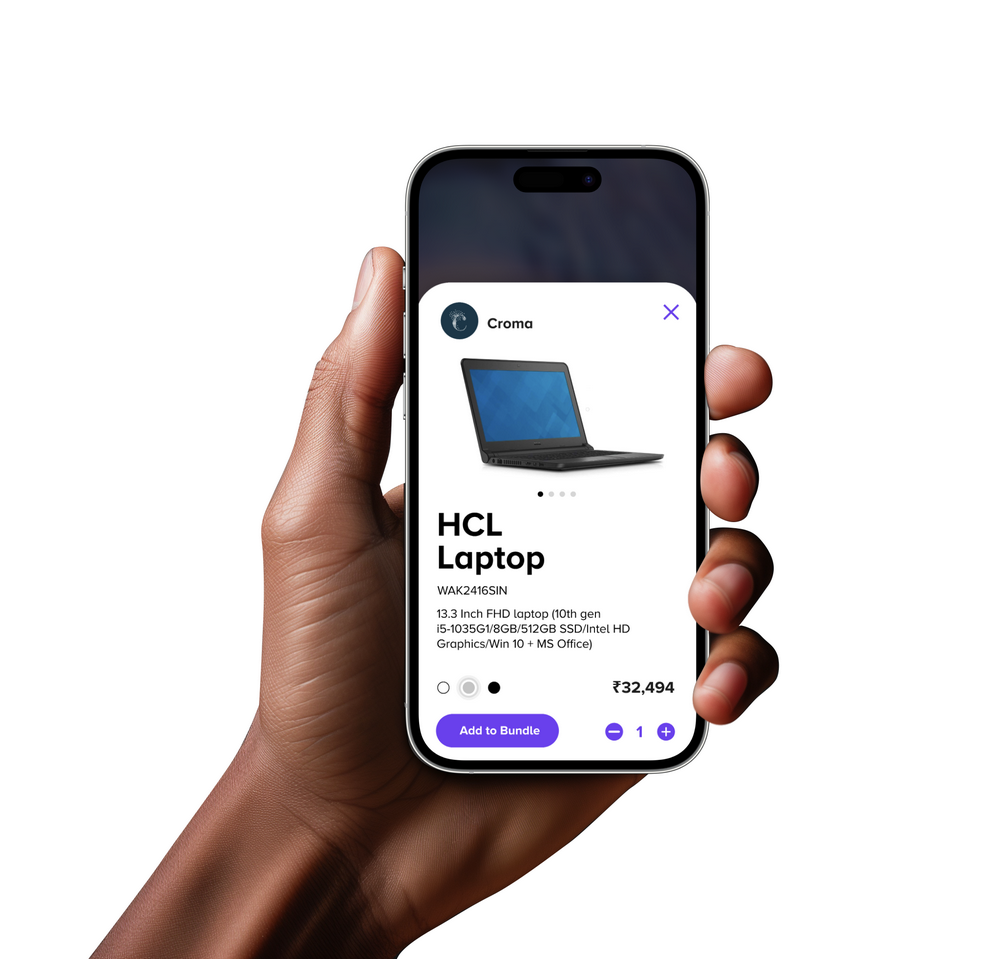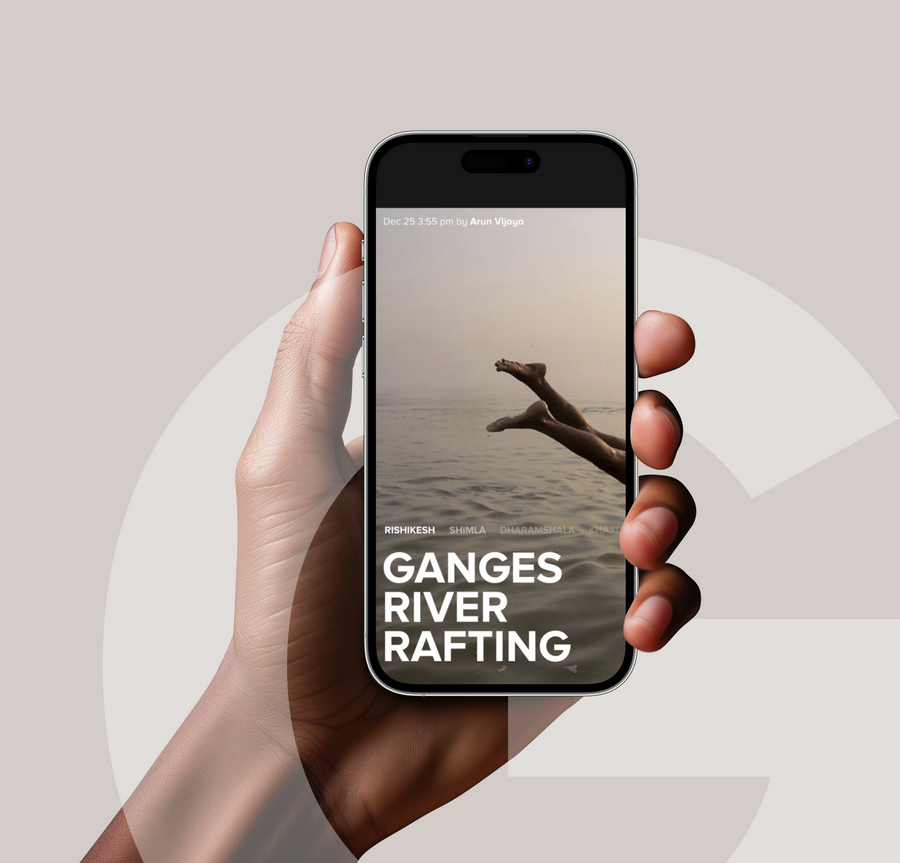

I helped design a fintech-driven retail super app — integrating journeys from 10+ suppliers into a seamless, scalable digital ecosystem. I also explored how conversational AI could drive deeper engagement and higher sales across the platform.
How might we unify fragmented retail and payment journeys across a national ecosystem — and create an experience strong enough to rival Amazon and Walmart?
As Senior Product Designer, I worked across multiple product pods to shape end-to-end experiences. I collaborated closely with UI and UX teams, liaised between product and creative leadership, and worked alongside motion designers, illustrators, and content strategists in a 10-member design team.
We adopted a fast-paced, iterative approach with continuous prototyping and testing aligning multiple supplier journeys under one design system. I prototyped conversational AI flows to simplify product discovery and prioritized speed-to-market under intense competitive pressure.
The experimental workflow led to frequent rework. Parallel product pods meant fragmented goals and shifting priorities. Unrealistic deadlines made it difficult to enforce design consistency or UX depth.
A fintech-powered super app combining digital payments, shopping, and services in one unified platform. It had a modular architecture for easy onboarding of new retailers.




I was part of the founding design team and the app achieved $4B GMV by the time I exited. The platform’s latest valuation hit $15B, becoming a cornerstone of TATA's retail empire.
While integration across suppliers was functional, journey handoffs weren't fully seamless. Future design efforts should focus on unifying the onboarding and checkout flows. Strengthening cross-supplier journey continuity.